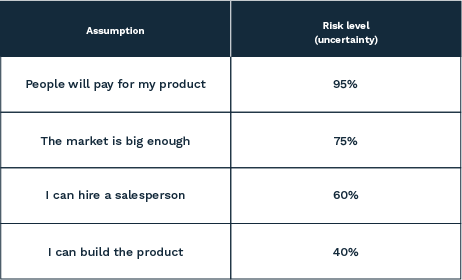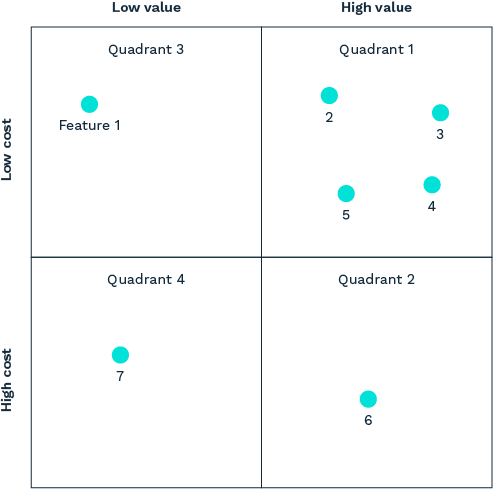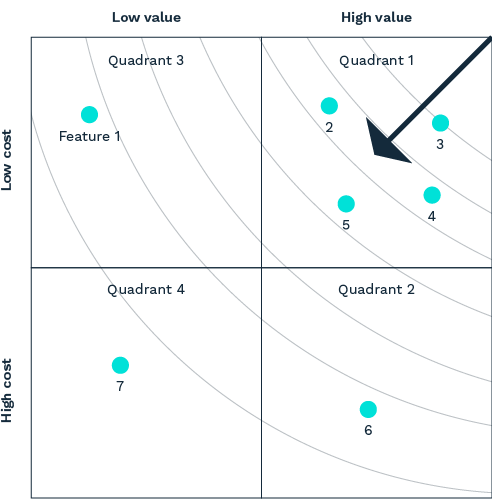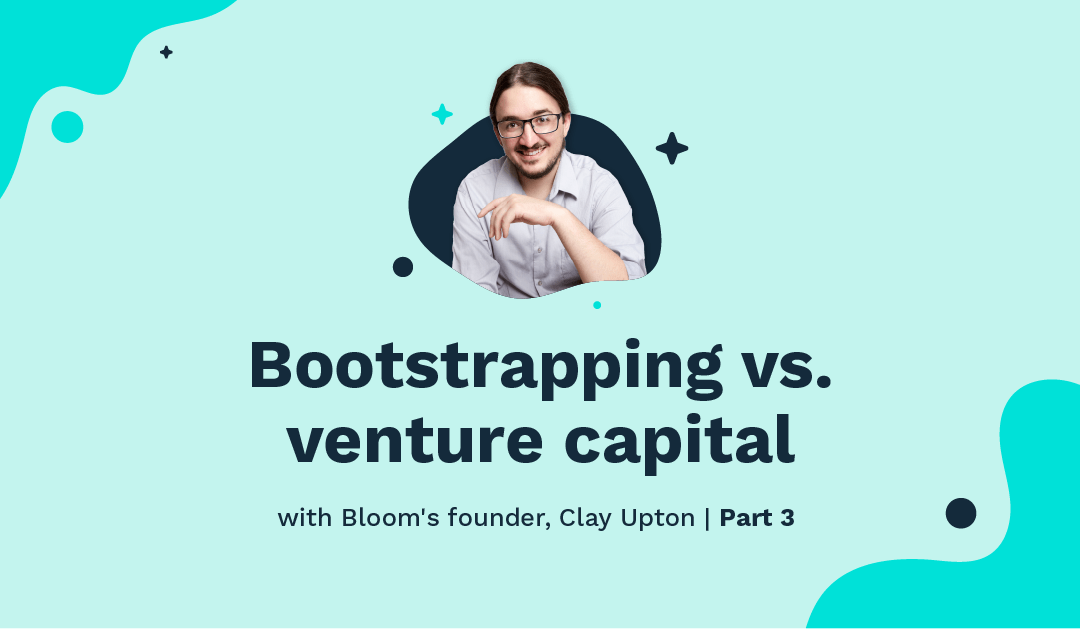We earn from qualifying purchases from Amazon Associate links.
INDEX
Why you need to test before scaling
Before investing time, money, or resources into scaling, you need to answer one critical question: Do you actually have a business?
Many entrepreneurs get excited and start building without validating the basics. But a solid business execution system for teams relies on data, not just instinct. In this post, we’ll walk through how to test your idea using three tools:
These tools will help you make smarter decisions faster—especially if you’re scaling a business with a structured process, looking for the best business coaching frameworks, or implementing a business operating system.
What is a minimum viable product (MVP)?
So, you’ve identified your target audience. Now what? It’s time to give them something real. But not everything—just one focused piece that solves a core problem.
A minimum viable product (MVP) is a basic version of your product that tests three critical things:
- Do people think this is valuable?
- Would they actually pay for it?
- Does it deliver more value than it costs to create?
These questions may seem similar, but they measure different things. For example, someone might like your solution but still not pay for it. Or maybe your product is valuable, but the cost to deliver it outweighs the return.
The goal: Get your MVP out the door quickly. Don’t perfect it. Don’t build systems. Just solve one problem for one customer segment and see what happens.
When you launch, be transparent. Tell your early users this is a test. Ask for honest feedback. And remember: You are not your product. Don’t take criticism personally—it’s a tool for better results.
🧠 Bloom tip: Avoid building around one customer’s specific feedback. You’ll create “technical debt” that’s hard to unwind later.
How to test with riskiest assumption testing (RAT)
Here’s the counterintuitive truth: You want to fail—fast.
Riskiest assumption testing (RAT) is about identifying what could make your business flop and testing those things first. Why spend five years building something nobody wants?
Step 1: List your assumptions
Create a spreadsheet with every assumption you’re making and how uncertain you are about each. For example:

Step 2: Design small experiments
Take the riskiest assumption and test it. Not with a full rollout, just a small, focused experiment.
Example: “People will pay for my product.”
- Ask people if they’d pay → Small risk reduction
- Offer pre-sales → Greater risk reduction
- Sell a prototype → Validates the assumption completely
If the experiment fails, it doesn’t mean your idea is doomed—but your risk is still high. Tweak your idea and retest.
Continue this process until your risks feel manageable. Ideally, don’t spend more than a few days on this. The goal is momentum, not perfection.
Note: If you fail to presell your product, it does not mean that you can’t sell it, but you may need to increase your uncertainty.
You’ll always have a degree of uncertainty until you release your product into the wild, so you’ll have to make a decision about when enough is enough. Ideally, you only spend a few days on this process.
Prioritize with ROI and build in the right order
Throughout the lifetime of your product, you ought to make use of Return on Investment (ROI) estimations. This will tell you whether or not to build something and in what order. At all stages of your company, you always want to build in the order of the highest return on investment, which should be your MVP. Once it succeeds, you work your way through the lower ROI options.
You’re not just building features. Now, you’re allocating capital. That includes your time, energy, and cash. Treat your product like an investment portfolio.
How to use ROI to guide your roadmap
Getting this right at the beginning is critical because you need the capital from this feature set to build the next one. Broadly speaking, this means you have to build your offering in a way that balances the value delivered vs the cost to deliver this value. In the beginning, it’s often obvious which thing to build first, and you can usually trust your gut, but it can be helpful to plot it out.
Step-by-step guide to build your ROI
1. Start by placing features of your product on a value vs cost chart (see below). Value means dollars you receive from a customer, and cost means both the dollar amount to produce the feature and also the difficulty for you to accomplish it. Note: Establishing an hourly rate for yourself can be helpful here. Try to place your dots in terms of relative value. In the example below, feature four (4) has perhaps 25% more value than feature two (2).

2. It’s obvious that we’ll want to work on Quadrant 1 first, but in what order? You can estimate the order by drawing concentric circles starting in the corner of Highest Value & Lowest Cost. Work your way out from features in the smallest circle to the largest circle. So, in this example, the order is: 3, 2, 4, 5, 6, 1, and 7. This ordering corresponds to working on things with the highest return on investment first.

When to stop building
If the value/cost ratio dips below 3, pause. You’re now in low-ROI territory. Either:
- Add more high-value features
- Adjust pricing
- Consider new products
- Reevaluate your business model
This is where concepts like capital allocation and business operating system software come into play. Smart businesses constantly assess where they’re getting the biggest return, on every level.
What’s next?
You’ve built a testable product, identified your biggest risks, and created a roadmap that prioritizes value. Congratulations! You’re no longer guessing. Now you’re operating like a CEO who knows how to align leadership teams and execute with clarity.
Next up in the series: Post 4—How to choose a pricing strategy. We’ll break down what to do once you’ve validated your MVP and are ready to grow with confidence.

Clay Upton
Clay Upton is the founder of Bloom Growth, a platform originally launched as Traction Tools. What began as a software solution to support companies running on EOS® has since evolved into a dynamic ecosystem designed to accelerate growth for both individuals and businesses. This ecosystem now includes the software Clay originally developed, the Bloom Growth OS™, and a robust coaching network.
Hailing from Nebraska and shaped by generations of entrepreneurs, Clay studied at the Jeffrey S. Raikes School of Computer Science and Management. His innovative spirit earned him the prestigious Edelman award for pioneering a new class of forecasting algorithms. A firm believer in sustainability, Clay envisions a carbon-neutral planet achieved through profitable and inclusive innovation.

